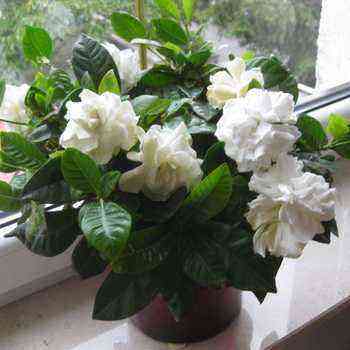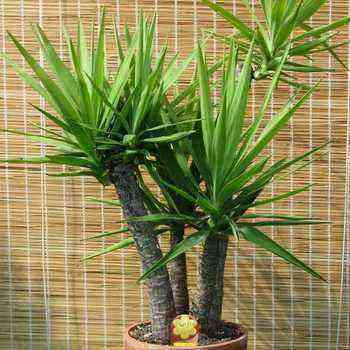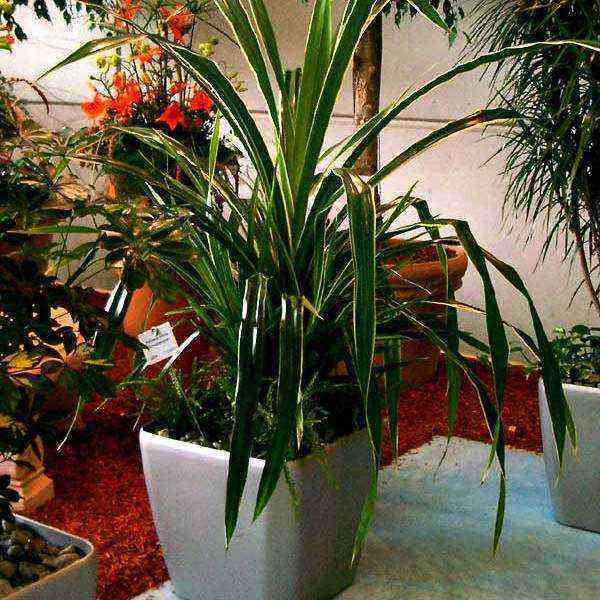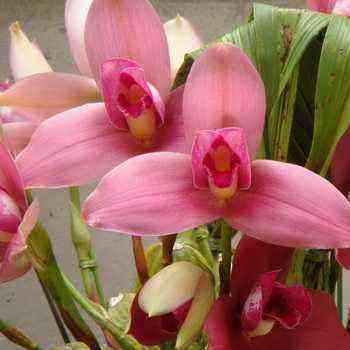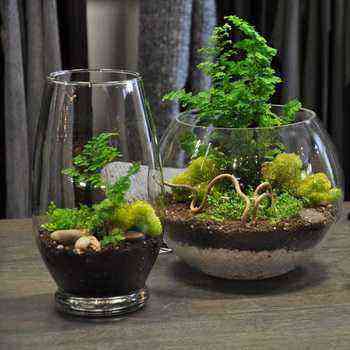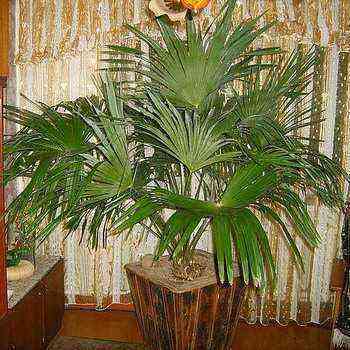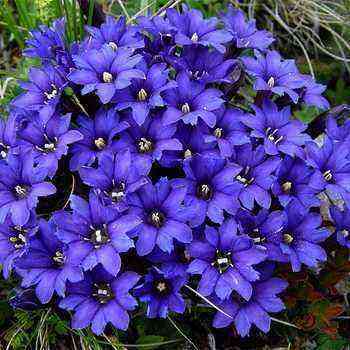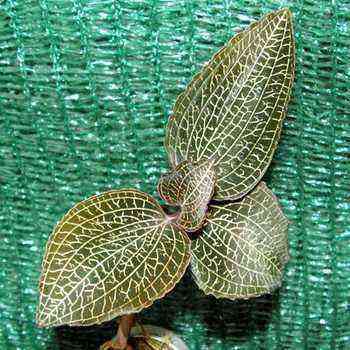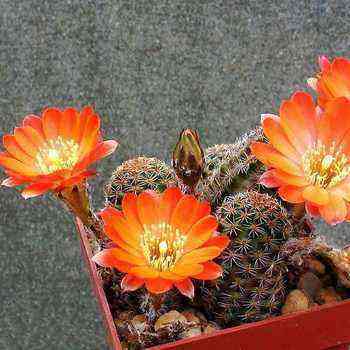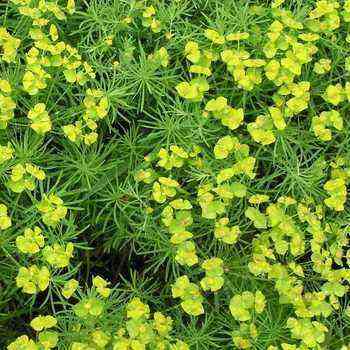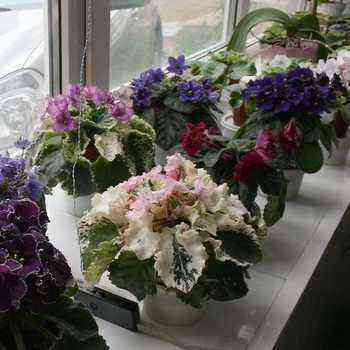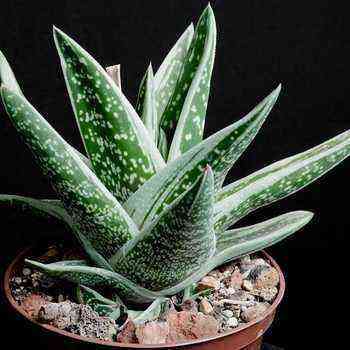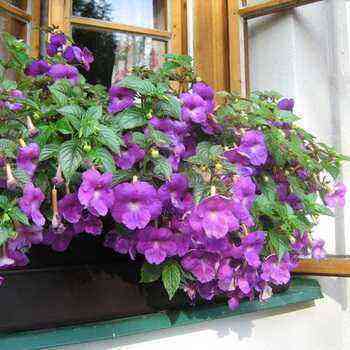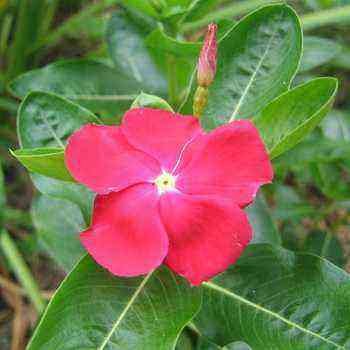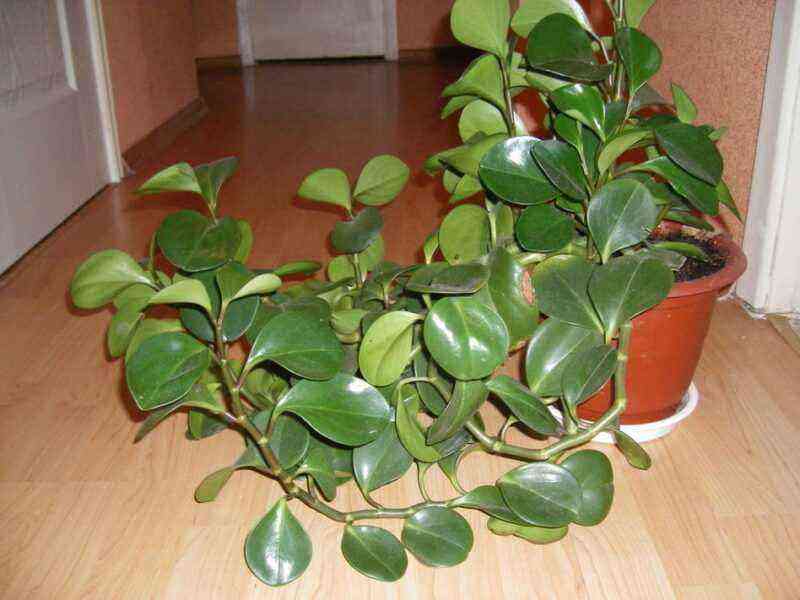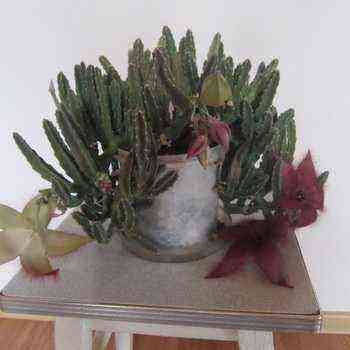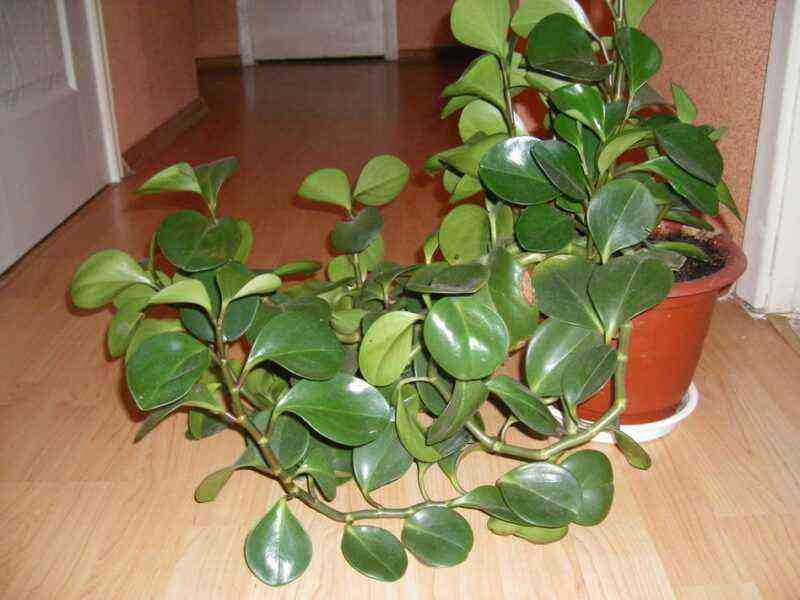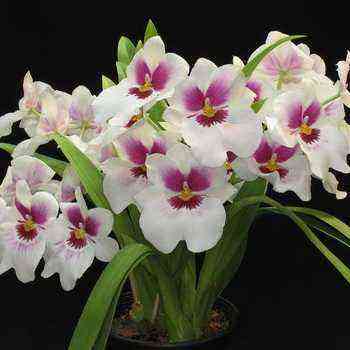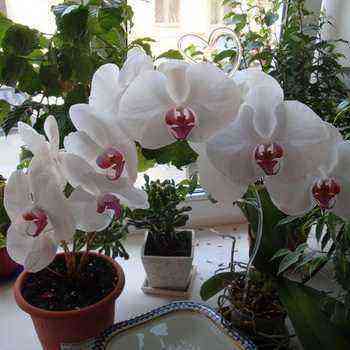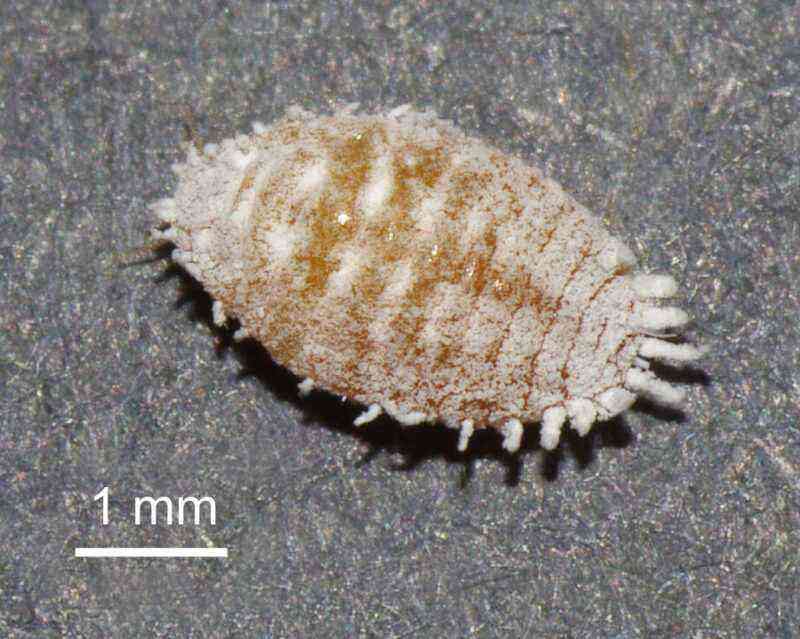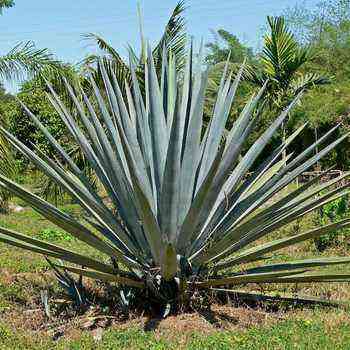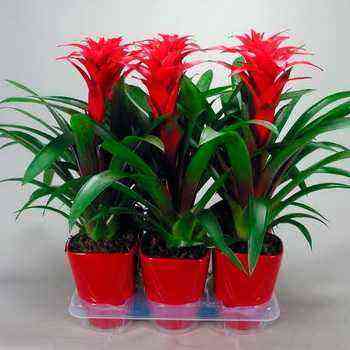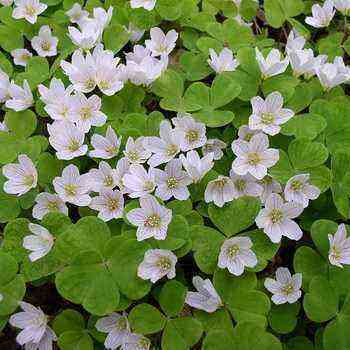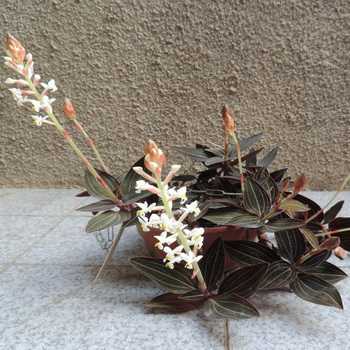 Ludisia (lat.Ludisia) – a genus of evergreen flowering decorative deciduous orchids, valued not so much for beautiful buds as for spectacular leaves. Belongs to the Orchid family. Unlike other orchids, this culture is unpretentious to growing conditions, so its breeding does not cause difficulties even for novice flower growers.
Ludisia (lat.Ludisia) – a genus of evergreen flowering decorative deciduous orchids, valued not so much for beautiful buds as for spectacular leaves. Belongs to the Orchid family. Unlike other orchids, this culture is unpretentious to growing conditions, so its breeding does not cause difficulties even for novice flower growers.
Description
This genus includes only one species – Ludisia discolor (Ludisia discolor), which is a polymorphic plant with creeping, actively branching shoots, thanks to which it rapidly expands in breadth and occupies voluminous territories. Shoots are massive, fleshy, with many vertically located processes on them, covered with a light bristle. The arrangement of oval, with a pointed upper part of the leaf plates is alternate. The leaves are collected in leaf rosettes, of which about 5 pieces are formed on one stem. The surface of the leaves is velvety to the touch. The color of the foliage depends on the variety. Mostly dark green, olive, brown, burgundy, less often black tones prevail. The lower part of the leaf plates is terracotta or maroon.
In the sun, the leaves shimmer with patterns and look very luxurious. The leaf life of this culture is about 6 – 7 years. After it dies off, a ring remains on the shoot. Due to the beautiful foliage, this variety is classified as “precious”.
The flowering of the precious Ludisia orchid lasts a little more than a month twice a year: in autumn and winter. During this period, erect peduncles with elongated panicle inflorescences, including up to 30 small white buds with yellow stamens, are formed at the top of the shoots.
Sorts
On the basis of the multi-colored ludisia, several interesting varieties were obtained, differing mainly in the color and shape of the foliage.
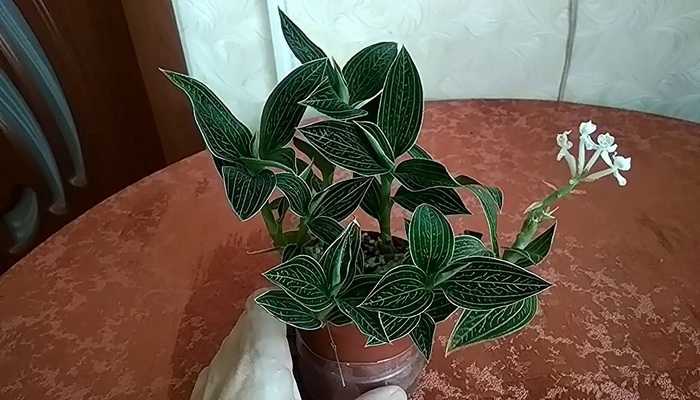
“Alba” – a variety characterized by large lanceolate leaves with golden and silvery veins on the surface. Flowers 2 cm in diameter, with snow-white petals;
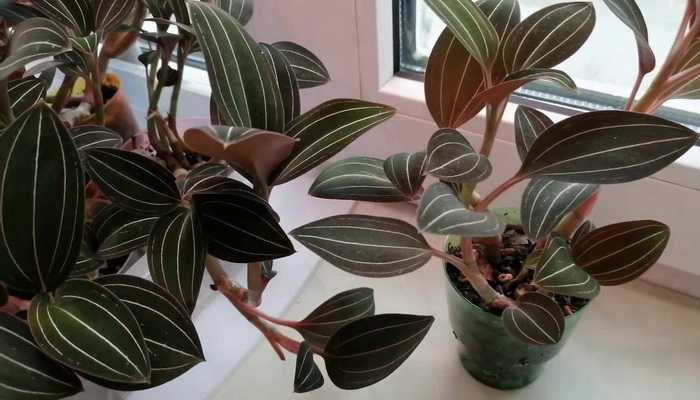
“Condorensis” – has an expressive oval, pointed at the end foliage with a bronze sheen;
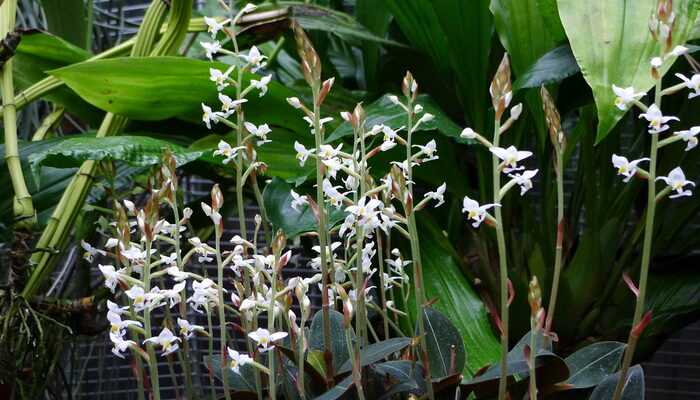
“Dawsoniana” – in this variety of ludisia, the leaves are more impressive than those described above. The color of the leaf blades is dark green, almost black. In the central part of the leaves are burgundy veins;
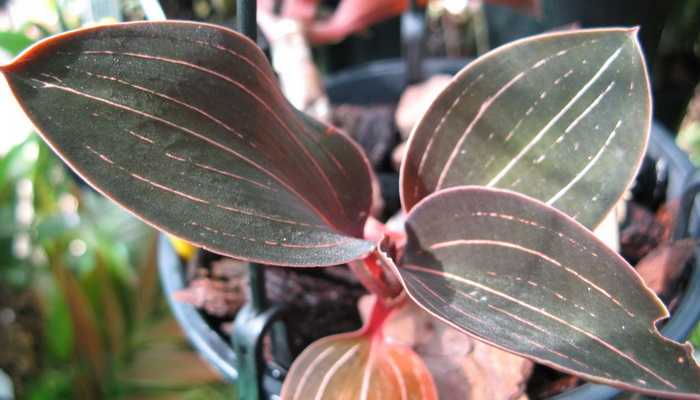
“Otletae” – an interesting variety with narrow foliage, which has many red and pink stripes on the surface;

“Velvet” – has a rich green elongated oval foliage with pink longitudinal stripes. The surface of the leaves is velvety to the touch;
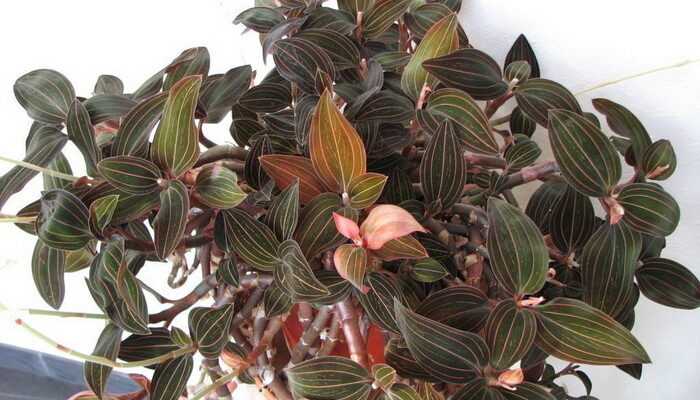
Talanian – an orchid with broadly oval, pointed foliage at the end, having a white patterned mesh on the surface.
Reproduction
Reproduction of the precious Ludisia orchid at home is carried out in three ways: by dividing an adult overgrown bush into parts, by cuttings, by segments of shoots.
The division of the bush is combined with a transplant. This work is carried out in the spring-summer period during the active development of the plant. The orchid is removed from the pot, the roots are cleaned of the substrate, being careful not to damage them. Each delenka should have 2 – 3 processes. The seedlings are planted in separate pots filled with orchid soil.
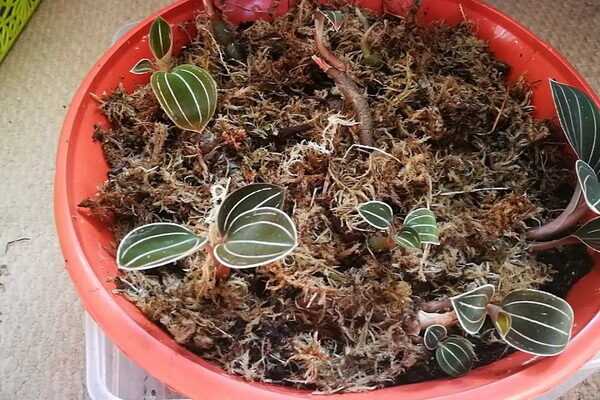
Ludisia should be propagated by apical cuttings from March to July. For this, the tops of the shoots with 2 – 3 internodes are cut off and placed in moist moss or water for growing the root system. After rooting, they are seated in containers with soil mixture.
This culture is propagated by stem segments in spring and summer. A healthy shoot is cut from the plant, the leaves are completely removed, and it is cut into pieces 4 – 6 cm long. There should be 2 internodes on each part of the stem. After that, each segment of the shoot is slightly buried in moist moss to grow roots.
Usually, the root system of cuttings and cut segments grows back within 1.5 to 2 weeks. To speed up the process of root regrowth, a glass jar is placed on top of the cuttings or polyethylene is fixed.
Care
Lighting. Ludisia develops well and blooms in partial shade and in diffused light. Direct sunlight burns the leaves, therefore, it is better to refuse from the sills of the southern orientation when placing this culture. Lack of light also negatively affects the plant. Leaves lose their decorative color, stretch out. The precious orchid must be lit for 12 hours a day. If necessary, you will have to use phytolamps.
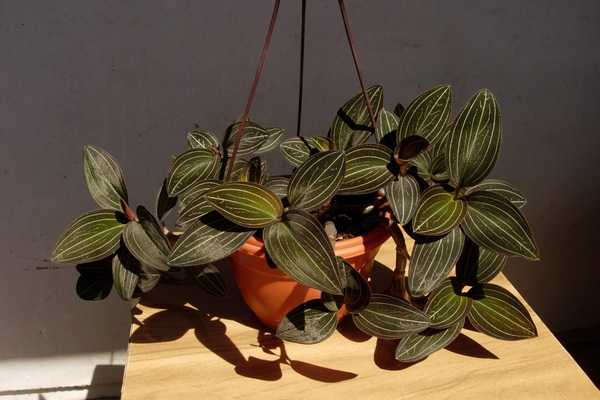
Air temperature. Ludisia feels comfortable at a daytime air temperature of 20 – 23 degrees and at night – 15 – 17 degrees. It is important that there are temperature differences with a difference of 3 – 5 degrees, which has a beneficial effect on the flowering of this plant.
The soil. To grow a ludisia flower, you can purchase ready-made soil in the store, or prepare a soil composition from peat, charcoal, small pieces of pine bark, leafy earth, chopped fern roots. It is necessary to fill the pot with the substrate in such a way that there are large parts in its lower part, and small ones in the upper part.
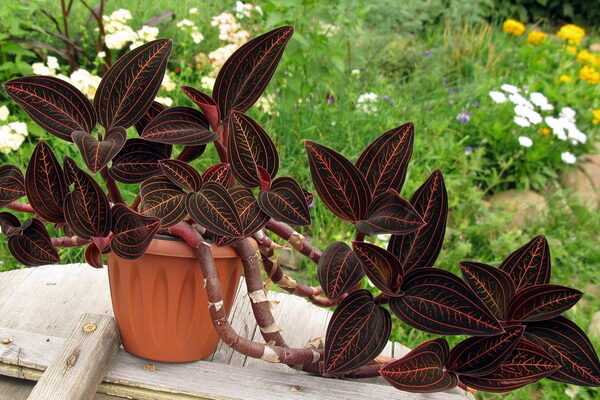
Watering. When caring for the ludisia orchid at home, watering should be moderate, the soil in the pot should be constantly moist, it should not be allowed to completely dry out. Lack of moisture negatively affects the decorative foliage. It is also important to prevent excess moisture, from which the plant will quickly rot. For watering and spraying, you need to use settled and filtered water. Melt water or rainwater will also work.
Air humidity. Ludisia can successfully grow and develop in a room with dry air, but, like all members of the Orchid family, high humidity is preferable for it. Therefore, when caring for a flower, daily spraying is recommended, wiping the foliage with a damp cloth. If in the room where this culture grows, the air humidity is 65 – 70%, there will be no need for these procedures.
Top dressing. For decorative foliage and the formation of buds, you should regularly feed Ludisia, doing this work from March to September. As a top dressing, a special mineral composition for orchids is suitable. Fertilizer is applied during watering by dissolving it in water at room temperature. The interval between dressings should be 10 days.
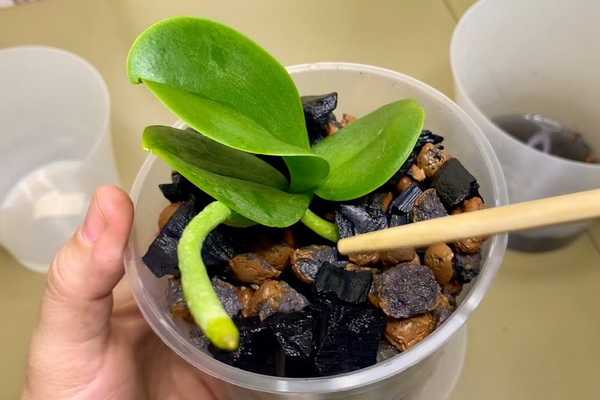
Transfer. This culture does not need frequent transplants. It is enough to carry out this work only when the root system of the plant becomes cramped in the container. As practice shows, the orchid is transplanted no more than once every 1 years. The best time to transplant is spring. Wide, not too deep plastic containers are suitable for ludisia. After transplanting, the flower should be watered and removed to a place well-lit by the sun.
Pests and diseases. The main pest of the orchid is the spider mite, which attacks the plant if it is not properly cared for, for example, when the flower does not have enough moisture. Noticing a white fluffy bloom on the plant, you should examine it, and, having found an insect, treat it with an insecticide. In the future, you need to reconsider the care of the orchid.
